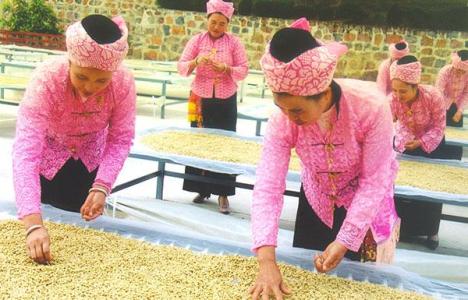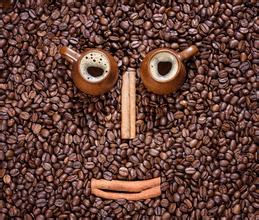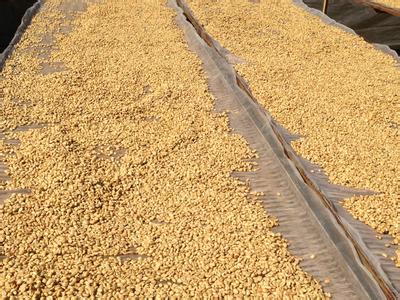Visit one of the world's top coffees, Hawaiian Kona Coffee.
Kona coffee has always been grown at home. At first, only men were allowed to work in the coffee garden, and later women joined in. This kind of family production of Hawaiians preferred to rely on the efforts of their families rather than hiring workers to work, so it was normal for Hawaiians to have eight or nine children at that time. Since then, new immigrants from the Philippines, the United States and Europe have come to Hawaii to engage in the coffee industry. Over time, Hawaii has formed a social atmosphere that centers on family culture and is easy to absorb foreign cultures. and make it a major feature of Hawaii.
Hawaii is also a paradise for tasting and buying coffee. Each island has several unique places for tourists and local residents to taste and buy coffee, including comfortable and warm shops and comprehensive centers to introduce coffee knowledge. The real Hawaiian Kona coffee makes people enjoy the unique pleasure and leads you slowly into the detached state of tasting coffee. And this comes entirely from the oldest Arabica coffee tree.
Hawaii is the only state in the United States that grows coffee, which is grown on the five major islands of the Hawaiian Islands: Oahu, Hawaii, Maui, Kauai and Moroca. Coffee from different islands also has its own characteristics. Kauai coffee is soft and smooth, Muroca coffee is high in mellow and low acidity, and Maui coffee is moderately acidic but has the strongest flavor. Hawaiians are extremely proud of the Arabica coffee beans they grow 100% home-grown.
Hawaii is the largest island in the Hawaiian archipelago, so it is also called the theBigIsland. Kona Coffee is produced in the west and south of the Kona region of Hawaii. Coffee trees are scattered on the slopes of Hualalai and MaunaLoa, which is 150m to 750m above sea level, which is suitable for coffee growth.

Important Notice :
前街咖啡 FrontStreet Coffee has moved to new addredd:
FrontStreet Coffee Address: 315,Donghua East Road,GuangZhou
Tel:020 38364473
- Prev

Characteristics of rich Dominican coffee beans Introduction to taste processing
Dominican coffee is grown in upland and lowlands and tastes slightly different. Highland plants are sour, but rich in taste; lowland plants are less sour and smoother in taste. In recent years, specialty coffee has become popular. Some Dominican estates produce high-quality coffee beans with rich aroma and rich taste, with a moderately bright acidity. They have been compared with the more famous Puerto Rico beans or teeth.
- Next

Introduction to taste treatment of Panamanian Kasha flavor description of boutique coffee beans
The main coffee producing areas of Chiriqui province are Boquete and Volcan-Candela, among which Boquete is famous in the boutique coffee world. The Baru volcano, located between Boquete and Volcan-Candela, is the highest elevation in Panama. The fertile soil, regular precipitation and suitable altitude around the Balu volcano have created conditions for the production of high-quality coffee.
Related
- Detailed explanation of Jadeite planting Land in Panamanian Jadeite Manor introduction to the grading system of Jadeite competitive bidding, Red bid, Green bid and Rose Summer
- Story of Coffee planting in Brenka region of Costa Rica Stonehenge Manor anaerobic heavy honey treatment of flavor mouth
- What's on the barrel of Blue Mountain Coffee beans?
- Can American coffee also pull flowers? How to use hot American style to pull out a good-looking pattern?
- Can you make a cold extract with coffee beans? What is the right proportion for cold-extracted coffee formula?
- Indonesian PWN Gold Mandrine Coffee Origin Features Flavor How to Chong? Mandolin coffee is American.
- A brief introduction to the flavor characteristics of Brazilian yellow bourbon coffee beans
- What is the effect of different water quality on the flavor of cold-extracted coffee? What kind of water is best for brewing coffee?
- Why do you think of Rose Summer whenever you mention Panamanian coffee?
- Introduction to the characteristics of authentic blue mountain coffee bean producing areas? What is the CIB Coffee Authority in Jamaica?

